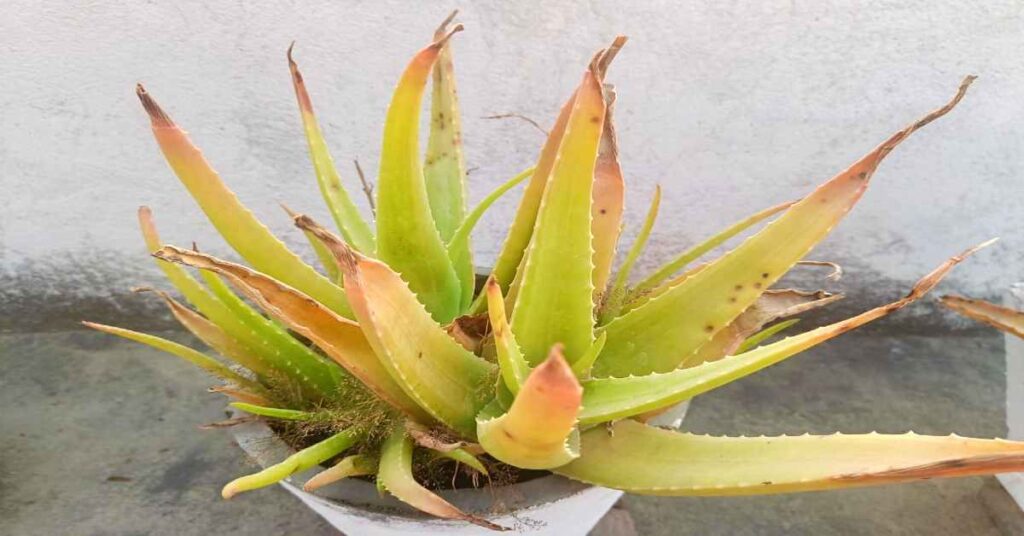What is Chamomile?
Plants and human health have been historically linked for thousands of years, according to historical records. Since at least 5000 years ago, both conventional and alternative types of healing have used herbs. Herbal remedies have a propensity to act slowly and typically have few hazardous side effects, which may help to explain why they have been popular for so long. One of the oldest therapeutic plants that humans have used is chamomile. The benefits of Chamomile as a sedative are to treat anxiety, inflammation, moderate skin rashes, and mild skin irritation. As a medication, it helps with flatulence, colic, hysteria, intermittent fever, depression, ulcer healing, and more.
About Chamomile
German chamomile (Chamomilla recutita) and Roman chamomile (Chamaemelum nobile) are two common types that belong to the Asteraceae. Chamomile exists in many different forms and is commonly known by a variety of names, including Babuna camomile, German chamomile, Roman chamomile, English chamomile, Hungarian chamomile, Single chamomile, Chamomilla, Flo’s chamomile, pinheads, delicious false chamomile, and scented mayweed. The medicinal properties of chamomile improve by the abundance of terpenoids and flavonoids in the dried flowers. Also, it is frequently found in many conventional, Unani, and homeopathic therapeutic formulations. Dried flowers of the Matricaria species are commonly used to make standardized tea and herbal extracts. Chamomile may be additionally employed as an active ingredient in over-the-counter (OTC) dietary supplements, according to a US FDA ruling from 2000.
It is well known that chamomile serves a purpose in a variety of formulations. Many individuals recommend and use dry chamomile flower powder for issues with long-standing health. Aqueous, ethanolic (alcoholic), and/or methanolic extracts are frequently produced when the medicinal components of chamomile are routinely extracted from the dry flowers using water, ethanol, or methanol as solvents. Over one million cups of chamomile tea are sipped daily, making it one of the most popular herbal teas in the world. There are also chamomile tea bags on the market that either include pure chamomile flower powder or chamomile flower powder mixed with other well-known therapeutic herbs.
Origin
It is a widely known plant and is commonly found all over the world. However, it is grown in Western North America, central and western Asia, northern Africa, southern and eastern Europe, and central and eastern Asia. The biomass for the plant is primarily produced in Hungary. This herb originally arrived in India by the Mughals. It frequently develops as a weed near roads, in landfills, and farmed fields because seeds need open soil to live.
Description
It grows to a height of 10 to 60 cm and is an annual scented herb. It grows to a height of about 20 inches and has feathery foliage with daisy-like white flowers. Although the leaf has no aroma, the blossoms are fragrant. The family Asteraceae is famous for having flowers that form arrangements in heads or a capitulum with outer ring rays and interior disc florets. Achenes, the name for the resulting fruits, are cylindrical, 0.8–1 mm long, and roughly 0.5 mm wide. They have three abaxial and two virtually marginal thin ribs.
Chemical Constituents that show benefits of Chamomile
Fresh or dried flowers provide the majority of the active ingredients, thus infusions or essential oils are commonly utilize in therapeutic formulations. Although, a maximum of 2% of the volatile oil, which contains more than 120 components, is mostly produced by the flower. Terpenoids, particularly sesquiterpenes, and bisabolol are the major components of the oil. Chamazulene, bisabolol, and cis-farnesene are hydrophobic substances found in essential oils. When chamomile gets into the body as tea, other ingredients such as flavonoids, coumarins, and phenolic acids that are water soluble have healing properties.
Health Benefits of Chamomile
- Treat common cold: Benefits of Chamomile include in common cold. Most people have colds, which is a common ailment. Chamomile extract helps to treat colds.
- Treat Gastrointestinal disorders: Chamomile traditionally treat a wide range of gastrointestinal issues, such as ulcers, gastrointestinal irritation, “spasm” or colic, upset stomach, flatulence, and flatulence (gas). Chamomile is effective for reducing gas, calming the stomach, and calming the intestines’ food-moving muscles.
- Antidiabetic property: According to studies on diabetes, chamomile reduces blood sugar levels, increases liver glycogen storage, and inhibits the production of sorbitol in human erythrocytes, all of which help to reduce hyperglycemia and diabetic consequences.
- Treat Cardiovascular Diseases: According to some research, consuming flavonoids regularly may lower the risk of coronary heart disease death. In a 5-year follow-up research, 805 males between the ages of 65 and 84 had their flavonoid consumption evaluated. Consumption of dietary phenols was significantly negatively correlated with death from coronary heart disease.
- Antiinflammatory property: One of the chamomile’s anti-inflammatory properties is the suppression of prostaglandin E(2) release brought on by LPS.
- Anti-cancer property: Studies using apigenin, one of the bioactive components of chamomile, play a role in the majority of evaluations of chamomile’s ability to prevent tumor growth. Promising growth inhibitory effects were scientifically observed in studies on preclinical models of skin, prostate, breast, and ovarian cancer.
Other benefits of Chamomile
- Antiulcer property: Benefits of chamomile include antiulcer. The bacterium that can significantly cause stomach ulcers, Helicobacter pylori, is possibly inhibited by chamomile, according to studies in preclinical animals.
- Sedation/sleep aid: Chamomile tea helps to cure insomnia and to promote sedation (calming effects). The herb chamomile is frequently induce sleep and act as a mild tranquilizer. The flavonoid apigenin’s ability to bind to benzodiazepine receptors in the brain may be the cause of sedative effects.
- Anti Anxiety property: Benefits of chamomile of Generalized anxiety disorder (GAD). The reports, however, appear to be at odds with one another. Previous study found that German chamomile significantly reduced GAD activity. This action is due to the presence of apigenin.
- Vaginitis: Women of all ages frequently have vaginal irritation. Vaginitis is a condition includes itchiness, vaginal discharge, or urinating pain. Also, with few negative effects, chamomile douche can reduce vaginitis symptoms.
- Osteoporosis: Low bone mass (osteopenia) as a result of excessive bone resorption causes osteoporosis, a metabolic bone disease. Bone fractures can occur in sufferers even after very modest trauma. Chamomile extract promotes osteoblastic cell development and has an anti-estrogenic impact.



